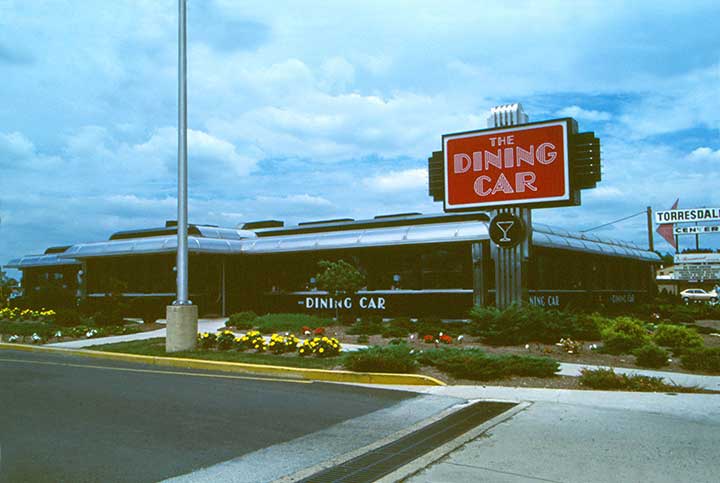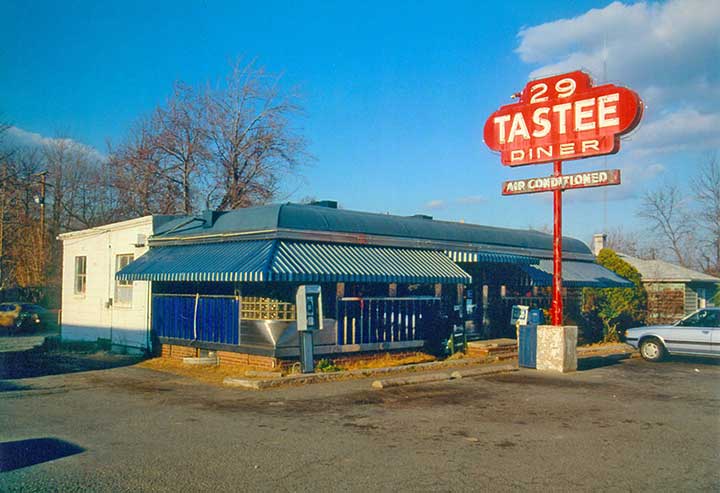Recently, we published an article about pre-fabricated building methods and pondered if this was the future of restaurant construction. Well, as it turns out, it may just be a trend that owes a lot to the past. Just ask Larry Cultrera. He is a connoisseur of the diner as an American architectural art form.
“Companies like the Worcester Lunch Car Company started the modular building trend,” says Cultrera. “They probably didn’t know that’s what they were doing, but they did.”
And Cultrera should know. Diners have been his passion since he was about 5 years old. A strong early memory of a diner came when his father was driving by the Star Lite Diner in Medford, Massachusetts on Mystic Ave. They drove by it often enough for Larry to take notice. Larry saw that this building looked like a train car and asked his dad about it. He was surprised when his dad told him that it was never a train car. Instead, it was built in a factory to look like a train.
The Star Lite became one of the earliest diner experiences for Larry a few years later (1965 through 1968 when they closed).
This encounter started a lifelong fascination with all aspects of diner culture. The 65-year-old Cultrera lives in Saugus, Massachusetts and has been documenting diners for over 35 years.
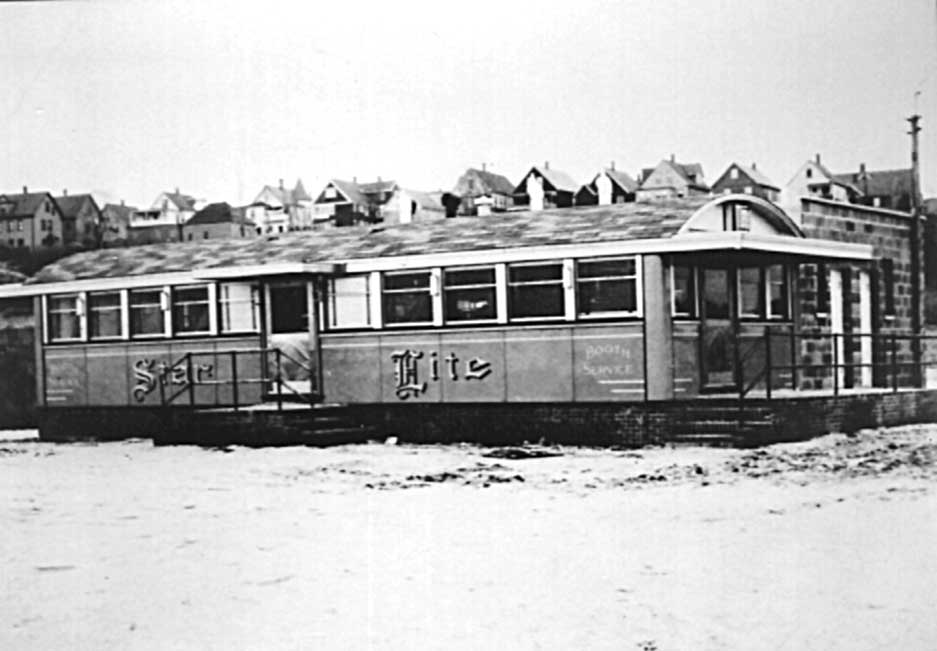
The Great Diner Renaissance of the Late ’70s
Larry credits a couple of books that came out in the late 70’s with really kicking off his hobby of photographing this iconic feature of Americana.
“There was a painter named John Baeder who did very detailed paintings of diners. He put out a book called ‘Diners‘ in 1978,” recalled Cultrera.
Coincidentally, that wasn’t the only book on diners to come out during this same period. Richard J.S. Gutman and Elliott Kauffman, in collaboration with David Slovic also published “American Diner” in 1979. And if that wasn’t enough, Donald Kaplan and Alan Bellink published “Diners of the Northeast” in 1980.
These books served as the inspiration for a hobby that would ultimately lead to a publishing career for Cultrera.
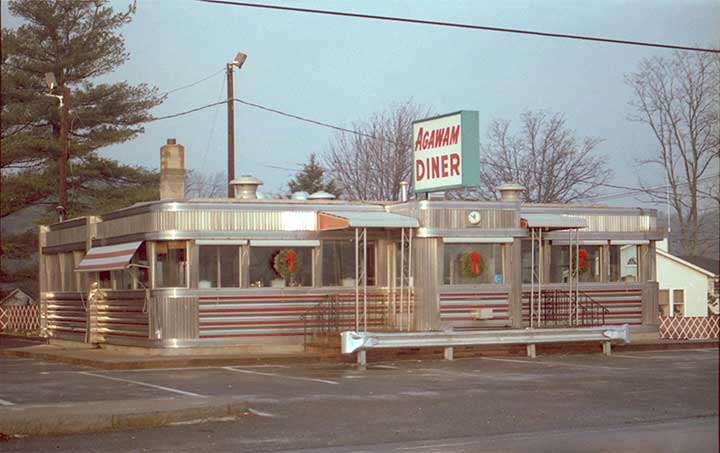
Birth of a Hobby
“I started taking photos in November of 1980,” says Cultrera. “This was all film photography at that time. By about 1983, I had begun using 35mm slides.”
The result? Thousands of photos documenting diners all around New England and the Northeast.
“My first photo was the Bypass Diner in Harrisburg, Pennsylvania, which still exists. It’s the American Dream Diner now,” says Cultrera.
Cultrera believes that he has photographed 865 diners over the last 37 years. That’s a lot of snapshots. And although he started experimenting with digital photography around the year 2000, he didn’t go completely digital until 2008 so most of those shots are good old film photography.
“I’m in the process of digitizing all my old 35mm slides,” says Cultrera.
In addition to all the photos, Larry also has a collection of diner memorabilia. He says that he’d like to donate the entire collection to be preserved for posterity. But for now, he is still looking for the right place to house the collection.
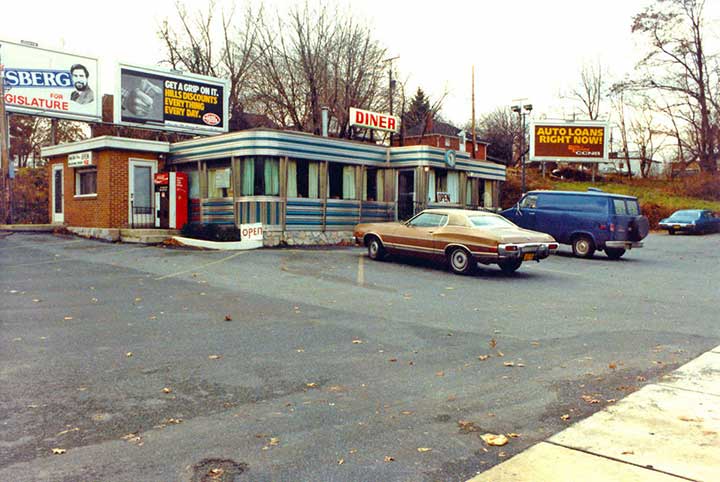
In addition to the photos, Larry keeps detailed logs on the diners he documents. This includes addresses, the manufacturer, ownership information and in many cases, the former location of the building.
“We have a lot of relocated diner buildings in the Northeast. Some get relocated as far away as Europe,” recounts Cultrera.
Since the buildings are modular, they often get relocated. And diners have been around a very long time. In fact, what we would recognize as a diner has been around even before the name “diner” was used to describe them.
“The term ‘diner’ didn’t start to appear until 1923 to 1925. But the concept has been around long before that,” says Cultrera.
He also notes that certain aspects of diner design that we recognize today developed in the 1920s through the 1950s as new building materials came into popular use in America.
“You began to see counter-tops go from marble to Formica. Backsplashes used to be ceramic tile and evolved into Formica or stainless steel,” explains Cultrera.
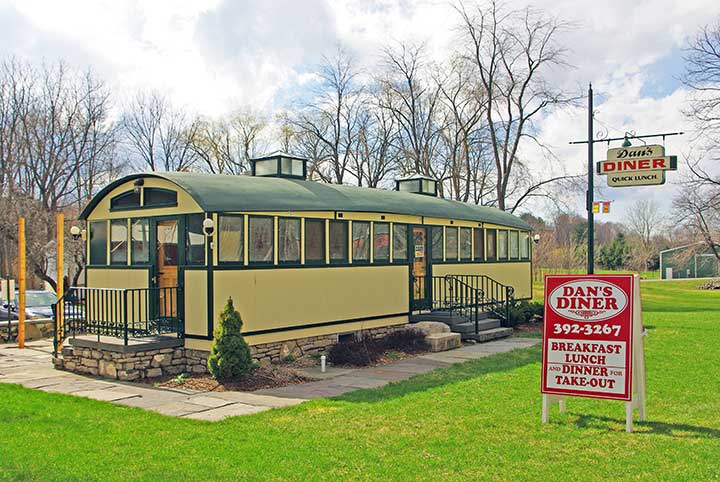
Archeology, Books & Blogs
All these elements began to form our iconic vision of the classic American diner. So iconic, that it is a field that is actually studied academically. As his involvement with diner culture progressed, Larry became involved with the Society for Commercial Archeology (SCA). Larry began to participate in SCA events and was a frequent contributor to SCA publications. He started the popular “Diner Hotline” column in the SCA newsletter to help educate and preserve knowledge about diner culture.
In 2007, the Diner Hotline column made the jump to the Internet and was reborn as the Diner Hotline Blog. For the last decade, Larry has been sharing his knowledge and photos with the online community.
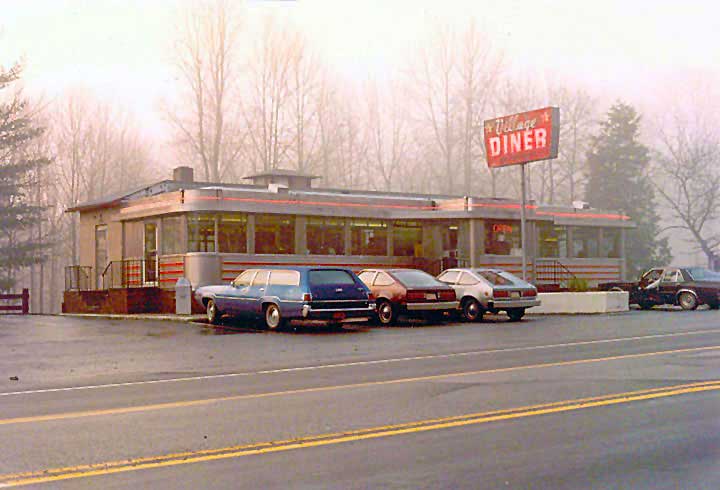
Getting it in Print
In the midst of all this, Larry’s work caught the eye of The History Press, a specialty publisher. They asked if he would be interested in writing a book for them on diners. Larry agreed and in 2011, his first book was published as part of the American Palate series: Classic Diners of Massachusetts.
With a foreword by Richard J.S. Gutman, one of the authors that had inspired Larry all those years ago, the book was well-received. But Larry still felt like he could do better.
“The publisher really wanted a lot of detail on the diner menus. But it felt like overkill to me. And most of the criticism of the first book is around the menu content,” says Larry.
But with his second book, “New Hampshire Diners: Classic Granite State Eateries“ Larry was able to create the type of book he really wanted to make. Another one of Larry’s inspirations wrote the foreword for the new book: painter and author John Baeder.
“I fell like the second book was closer to my vision for what a book on diners should be,” says Cultrera.
Diners in Pop Culture
As a setting for films, it would be hard to imagine a more iconic location than the American diner. Sure, it’s easy to point to Barry Levinson’s classic 1982 film, “Diner” (a star-studded film that would help define the careers of Hollywood A-listers like Kevin Bacon, Mickey Rourke, Steve Guttenberg, Ellen Barkin and many others). But the impact of diner culture is more ubiquitous than just a single film. Diners have become almost stereotypical shorthand for a bygone era of American culture. And their inclusion as a location for films has a longstanding tradition.
The diner’s mobile qualities mean that a specific diner can be relocated to create the perfect movie set. That’s just what happened for the 2002 Tom Hanks film, “Road to Perdition.”
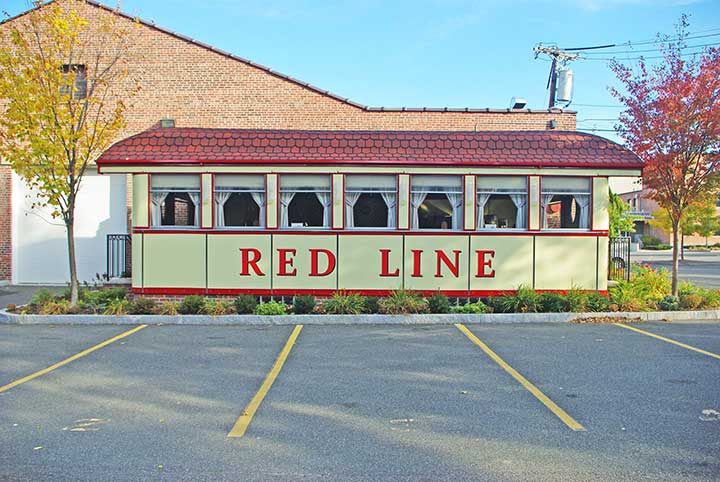
The full history of the Red Line Diner (formerly the Englewood Diner) can be found on Larry’s blog. The diner has a cameo appearance in the film. But the effort to get the iconic diner into the film was worthy of a starring role. The entire diner was moved from its location in Massachusetts to Chicago just to be used for the film that also starred Paul Newman. And after the movie was complete, the diner was moved right back.
And although it is no longer open to the public, it is still in use today by the New Balance Footwear Company as a location for their own private events.
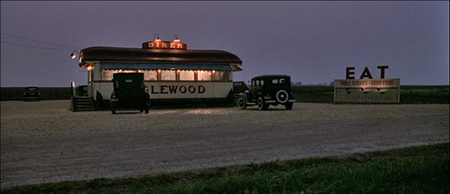
Blue-Eyed Soul Food Diner?
Diners haven’t only had an impact on the movies. When Philadelphia’s own Hall & Oates were completing their 1973 album, they went in search of the perfect subject for the album’s cover. The album would be titled, “Abandoned Luncheonette” and would include the Hall & Oates standard, “She’s Gone.”
Larry documents the history of both this diner and its eventual evolution into an album cover star in his Diner Hotline blog in exquisite and extensive detail.
Lest you think that this is just a one-time deal, Larry believes that he owns about 15 albums that feature diners on their covers.

Diner Culture for the New Millennium
As diners cruise into their second century of existence, they show no sign of slowing down. Diners remain a fixture across America, both in big cities and small towns.
And thanks to historians like Larry Cultrera, we will always have a reference for those diners that came before and paved the way for the modern diner concepts that continue to thrive today.
Check out a few more pieces of living history in the images below:

